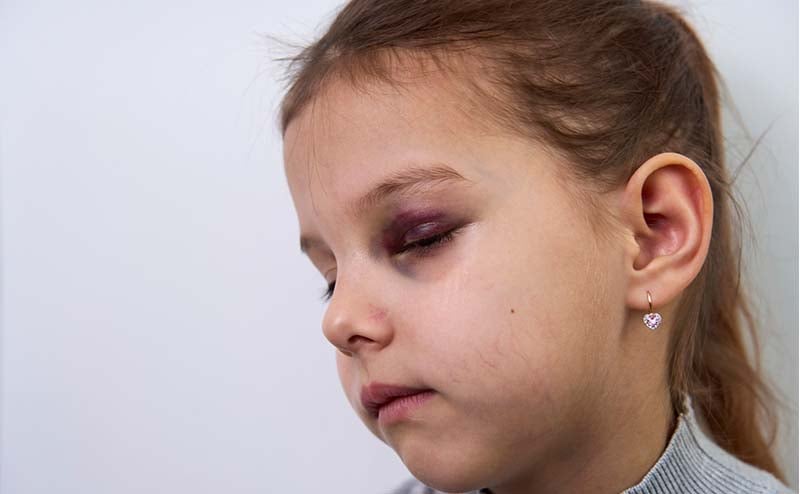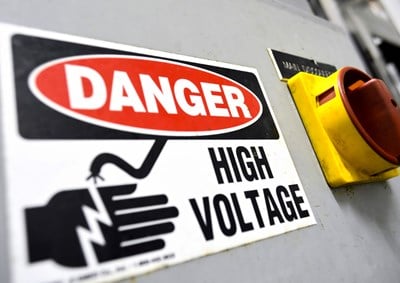Eye wounds and emergencies can include cuts and scratches, traumatic injuries from foreign objects, burns and chemical exposure (e.g., cleaning solutions, garden chemicals). Any of these conditions can potentially lead to vision loss if left untreated. Always wear eye protection for hazardous activities and impact sports.
Eye pain does not necessarily indicate a medical emergency; it can be caused by such problems as migraine headaches, sinus infections or contact lens complications.
“Pinkeye,” or inflammation of the upper and lower eyelids, is caused by a viral infection and will usually run its course over time. If it leads to more serious infections, physician evaluation will be needed.
The signs and symptoms of eye emergencies include:
- A visible wound.
- A bloodshot eye appearance, even if a wound is not visible.
- Loss of vision (partial or total).
- Leakage of blood or clear fluid from the injured eye.
- Any eye contact with chemicals, including fumes.
If someone is having an eye emergency, seek immediate medical attention. In addition:
- If eye has been in contact with a chemical, immediately flush the eye with water for at least 15 minutes, protecting the uninjured eye from contaminated water. Hold under a faucet or shower and keep the eye open as wide as possible. Do not touch or rub the eye or bandage it.
- If there has been a blow to the eye, apply a cold compress without putting pressure on the eye. Crushed ice in a plastic bag can be taped to the forehead to rest gently on the injured eye.
- If there is a cut to the eye, do not wash with water or other liquid. Do not apply any pressure.
- If there is an object stuck in the eye, including a contact lens, do not try to remove it. Do not rub or apply any pressure. Protect the eye by covering it loosely with gauze or a cloth patch.
 American College of Emergency Physicians
American College of Emergency Physicians







